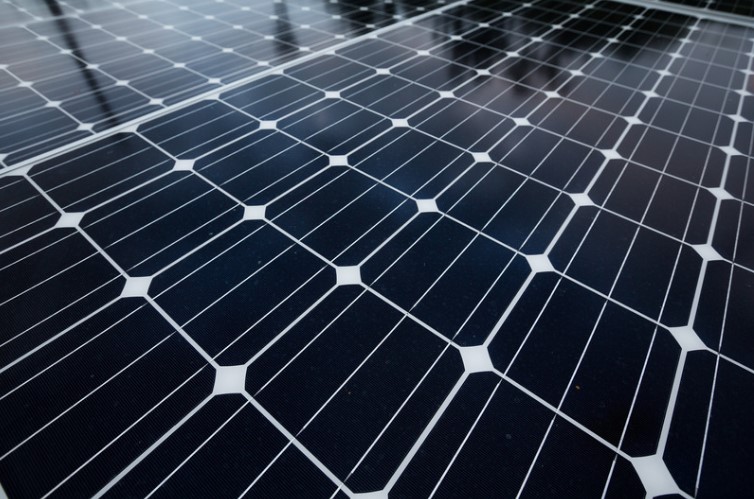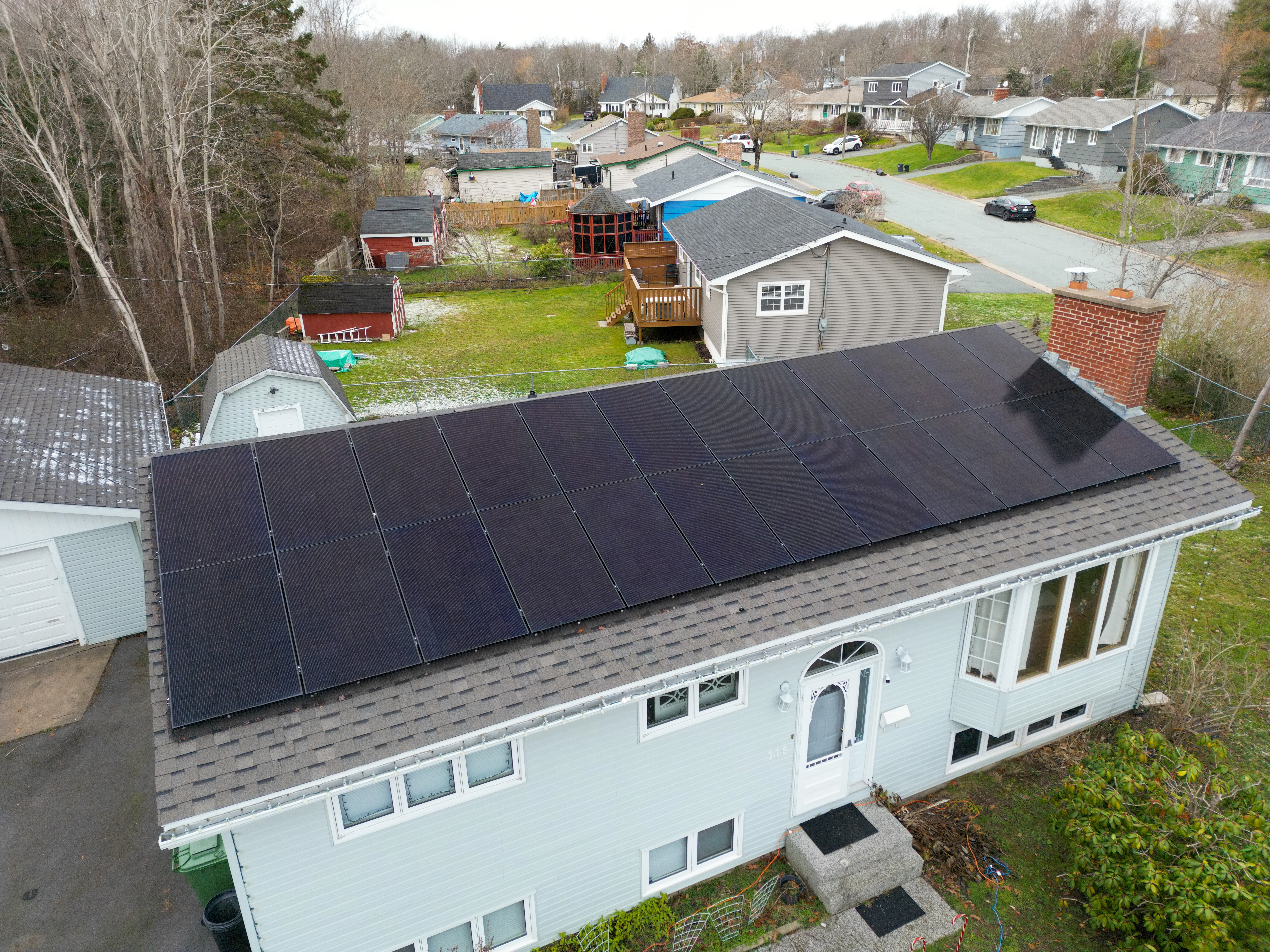How Does Solar Power Work?
Very simply, solar converts the energy in sunlight into electricity. The components that do this are photovoltaic panels, wiring, and an inverter. Solar arrays consist of solar panels suspended in racking systems with wiring connected to inverters which connect to either the grid or a battery storage system. Solar panels convert sunlight into direct current (DC) electricity. Inverters convert the DC energy into alternating current (AC) electricity, which is much safer and transportable energy. In a grid tied system, the home uses electricity and excess power is sent to the utility (at night, grid-tied systems take power back from the utility). In a battery system, excess power is stored by the battery, which then provides power at night.
To explain further how this process works, SolarUniversity is now in session:
Solar Panels
The Canadian Encyclopedia explains the science of solar panel power generation very well. Panels collect sunlight and turn it into electricity. Semiconductors are in the panels in the form of a thin wafer. The semiconductors are used to corral and order electrons. A positively charged semiconductor is placed onto a negatively charged wafer. The point of the positive charge is to create an extra electron that will, upon exposure to sunlight, get energized and start to move around. It will bounce around the contained area until the leave the area. Upon their departure, electrons from the other wafer rush in to fill the area. This movement between the two wafers creates an electric current.
Inverters, or Direct Current vs. Alternating Current
The electric current created by the electrons is direct current. Direct current is not ideal for two reasons – it is dangerous and it is very expensive to get it to travel long distances. The U.S. Department of Energy states that direct current doesn’t easily convert from its natural, high voltage state, to a more useful low voltage state. Alternating current does; it can switch to different, safer voltages using a transformer. (There are countless interesting resources on the topic, but one recent movie, The Current Wars, was very compelling.) Although not technically the same thing, a solar array’s inverter accomplishes the same task. Power sent to a single inverter, or conducted through multiple micro inverters, changes the DC electricity created by panels to safer AC electricity used by households in today’s world.
Come back often for more SolarUniversity sessions, brought to you by SolarU.



